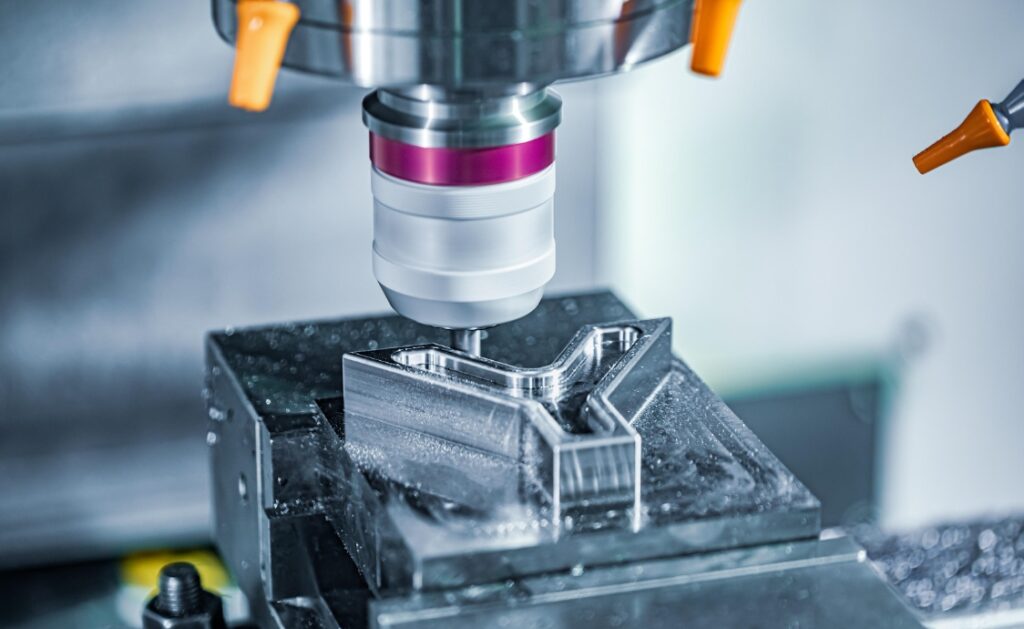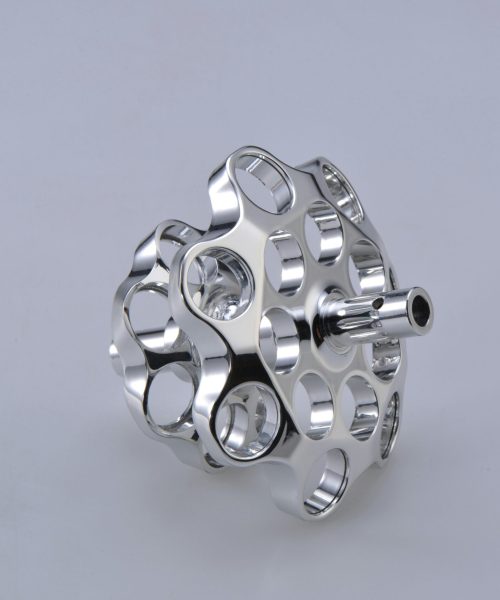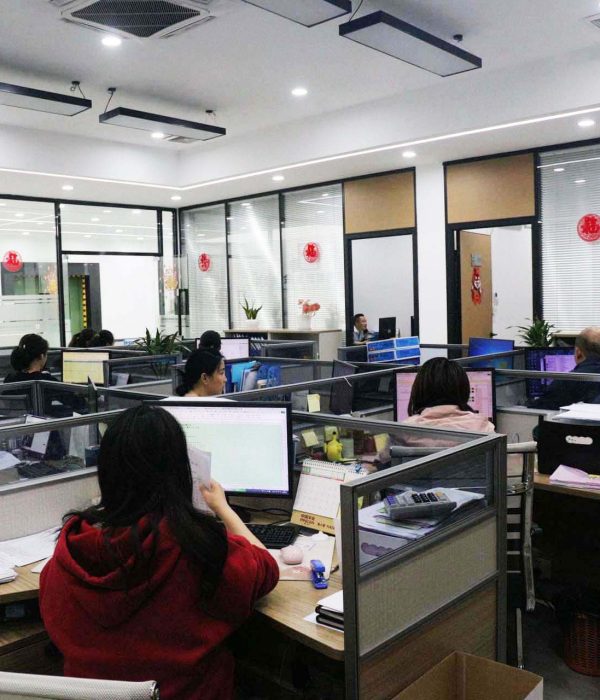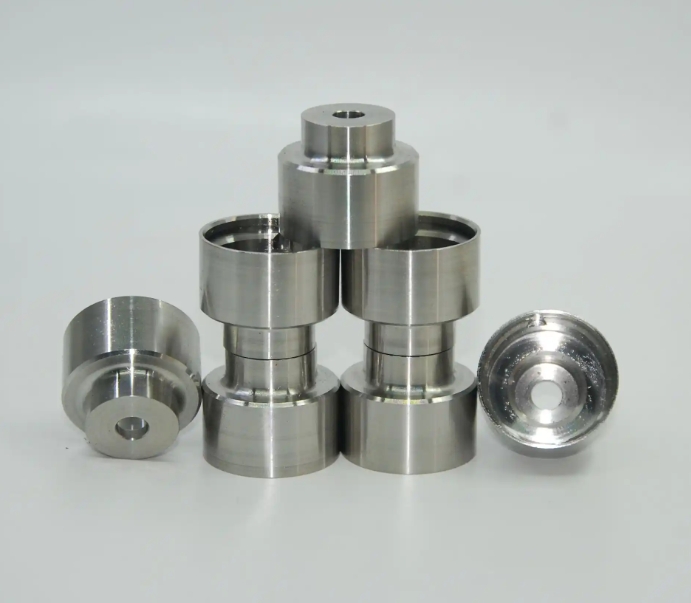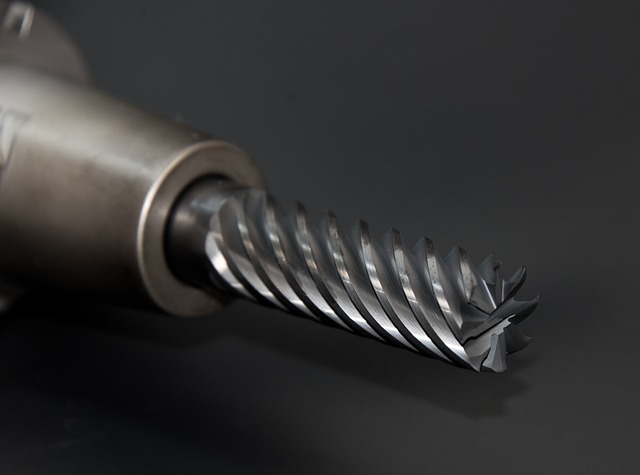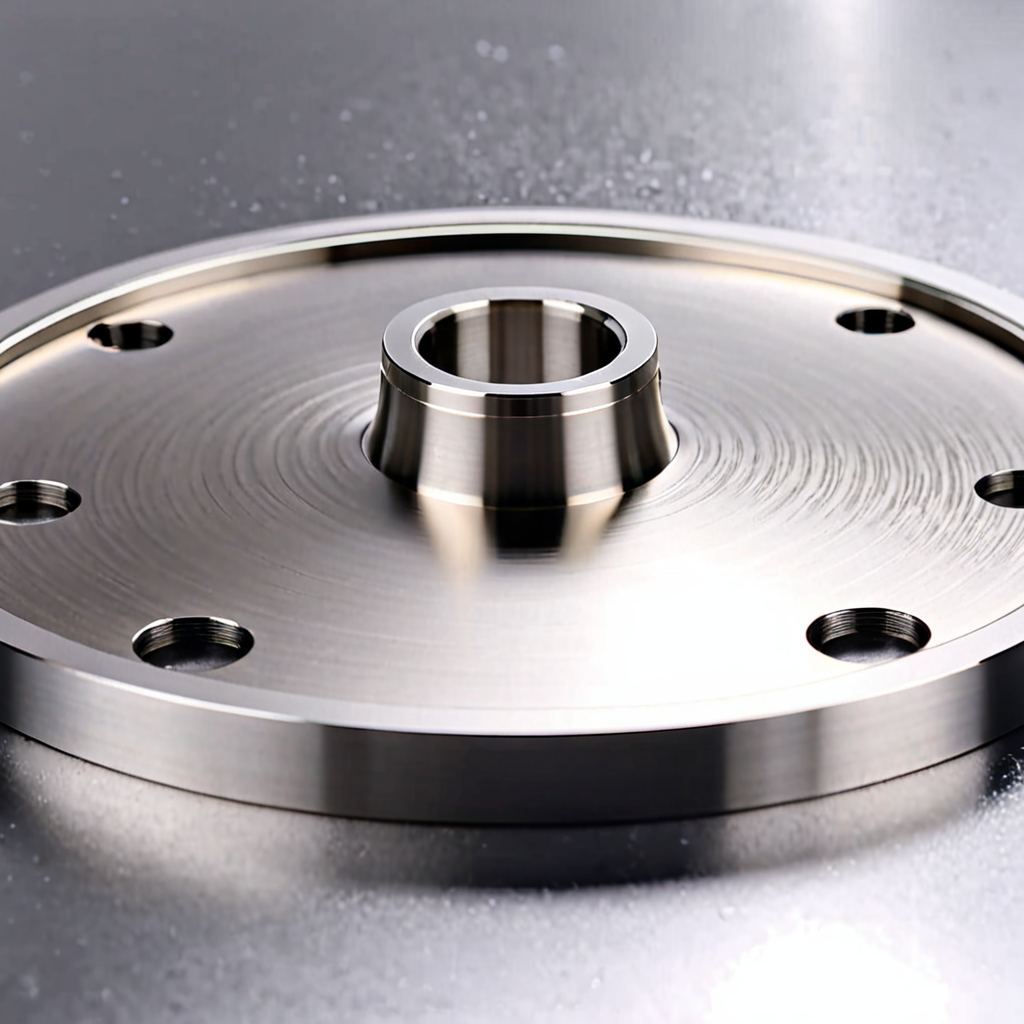Introduction
As the world grapples with the challenges of climate change and environmental degradation, industries across the globe are re-evaluating their manufacturing processes to reduce their environmental impact. The CNC (Computer Numerical Control) milling industry, known for its precision and efficiency, is no exception. While CNC milling services are essential for producing high-quality components across a range of industries, they also have an environmental footprint that must be managed. This article explores the environmental impact of CNC milling services, the challenges involved, and the strategies being adopted to move toward more sustainable manufacturing practices.
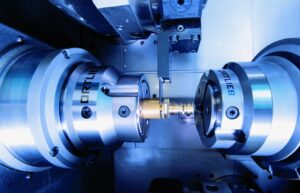

Understanding the Environmental Impact of CNC Milling
CNC milling is a subtractive manufacturing process, meaning that material is removed from a workpiece to create the desired shape. This process, while highly effective for producing precise components, has several environmental impacts that must be considered.
Energy Consumption
CNC milling machines require significant amounts of energy to operate, particularly for high-speed and high-precision operations. The energy consumption of CNC machines contributes to the overall carbon footprint of the manufacturing process, with the majority of this energy typically coming from non-renewable sources such as fossil fuels.
Electricity Usage: CNC milling machines consume electricity to power their motors, control systems, and auxiliary equipment such as coolant pumps and ventilation systems. The energy usage of a CNC machine depends on several factors, including the size and complexity of the machine, the material being machined, and the cutting parameters used.
Carbon Emissions: The carbon emissions associated with CNC milling are directly related to the energy consumption of the machines. Reducing energy usage or switching to renewable energy sources can help lower the carbon footprint of CNC milling operations.
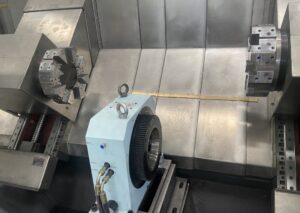

Material Waste
CNC milling is a subtractive process, which inherently generates material waste in the form of chips, shavings, and offcuts. The amount of waste generated depends on the material being machined, the complexity of the part, and the efficiency of the machining process.
Metal Waste: Metals such as aluminum, steel, and titanium are commonly used in CNC milling, and the waste generated from machining these materials can be significant. While metal chips and shavings can be recycled, the recycling process itself consumes energy and resources, adding to the environmental impact
Plastic Waste: Plastics such as ABS, nylon, and polycarbonate are also commonly machined using CNC milling. Plastic waste is more challenging to recycle than metal waste, and improper disposal can lead to environmental pollution and harm to wildlife.
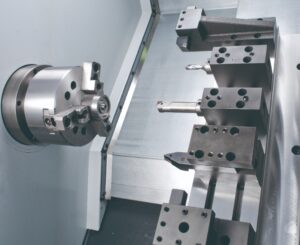

Coolants and Lubricants
The use of coolants and lubricants is common in CNC milling to reduce friction, dissipate heat, and improve the quality of the machined surface. However, these substances can have negative environmental impacts if not managed properly.
Coolant Usage: CNC milling machines use coolants to keep the cutting tools and workpiece cool during machining. The coolants used can be water-based or oil-based, and they often contain additives such as biocides, corrosion inhibitors, and emulsifiers. Improper disposal of used coolants can lead to soil and water contamination.
Lubricant Disposal: Lubricants are used in CNC milling to reduce friction between the cutting tool and the workpiece. Used lubricants can become contaminated with metal particles, coolant residues, and other substances, making them hazardous waste that must be disposed of properly.
Emissions and Pollution
CNC milling operations can generate emissions and pollutants that contribute to air and water pollution. These emissions can come from the machining process itself, as well as from the disposal of waste materials and chemicals.
Airborne Particles: The cutting action in CNC milling generates fine metal or plastic particles that can become airborne and contribute to air pollution. Inhaling these particles can pose health risks to workers and contribute to respiratory problems.
Volatile Organic Compounds (VOCs): Some coolants and lubricants used in CNC milling contain volatile organic compounds (VOCs), which can be released into the air during machining. VOCs contribute to the formation of ground-level ozone and smog, which are harmful to both human health and the environment.
Sustainable Practices in CNC Milling
Despite the environmental challenges associated with CNC milling, there are several strategies and practices that can be adopted to reduce its impact and move toward more sustainable manufacturing.
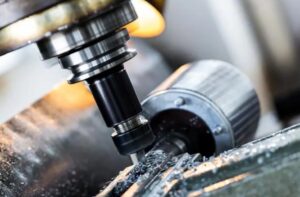

Energy Efficiency
Improving the energy efficiency of CNC milling operations is one of the most effective ways to reduce their environmental impact. This can be achieved through the use of energy-efficient machines, optimized cutting parameters, and smart control systems.
Energy-Efficient Machines: Modern CNC milling machines are designed with energy efficiency in mind, incorporating features such as variable-speed drives, regenerative braking, and energy-efficient motors. Investing in energy-efficient machines can significantly reduce the energy consumption of CNC milling operations.
Optimized Cutting Parameters: Optimizing cutting parameters such as spindle speed, feed rate, and depth of cut can reduce the energy required for machining, while also improving tool life and surface finish. By reducing the number of passes and machining time, manufacturers can lower their energy usage and carbon footprint.
Smart Control Systems: Smart control systems use sensors and data analytics to monitor and optimize the energy consumption of CNC machines in real-time. These systems can automatically adjust cutting parameters, power settings, and cooling requirements based on the specific conditions of the machining process.
Material Optimization and Waste Reduction
Minimizing material waste is another key aspect of sustainable CNC milling. This can be achieved through better material selection, improved machining strategies, and the recycling of waste materials.
Material Selection: Choosing materials that are easier to machine and produce less waste can help reduce the environmental impact of CNC milling. For example, using materials that produce finer chips and shavings can reduce the volume of waste generated and make recycling more efficient.
Machining Strategies: Using advanced machining strategies such as high-speed machining, trochoidal milling, and adaptive clearing can help reduce material waste by optimizing the cutting path and minimizing the amount of material removed. These strategies also reduce tool wear and extend tool life, further contributing to sustainability.
Recycling and Reuse: Recycling metal chips and shavings is a common practice in CNC milling, helping to reduce the demand for raw materials and lower the environmental impact of the machining process. Additionally, manufacturers can explore opportunities for reusing or repurposing waste materials in other applications.
Environmentally Friendly Coolants and Lubricants
The development of environmentally friendly coolants and lubricants is helping to reduce the environmental impact of CNC milling. These products are designed to be biodegradable, non-toxic, and less harmful to the environment.
Water-Based Coolants: Water-based coolants are an environmentally friendly alternative to oil-based coolants, offering good cooling performance with lower environmental impact. These coolants are easier to dispose of and can be treated and recycled more effectively.
Biodegradable Lubricants: Biodegradable lubricants are made from renewable resources such as vegetable oils and are designed to break down naturally in the environment. These lubricants offer similar performance to traditional products while reducing the risk of soil and water contamination.
Coolant Recycling: Implementing coolant recycling systems can help reduce the environmental impact of CNC milling by extending the life of coolants and reducing the volume of waste generated. These systems filter and purify used coolants, allowing them to be reused in the machining process.
Emissions Control and Pollution Prevention
Reducing emissions and preventing pollution are critical aspects of sustainable CNC milling. This can be achieved through the use of emissions control systems, proper waste management, and adherence to environmental regulations.
Emissions Control Systems: Installing emissions control systems such as dust collectors, air filters, and VOC scrubbers can help reduce the release of harmful particles and gases into the air. These systems capture pollutants at the source, preventing them from entering the atmosphere and protecting both workers and the environment.
Proper Waste Management: Proper disposal of waste materials, including metal chips, plastic shavings, coolants, and lubricants, is essential to preventing pollution. Manufacturers should follow best practices for waste management, including recycling, proper storage, and disposal in accordance with environmental regulations.
Environmental Compliance: Adhering to environmental regulations and standards is critical to reducing the environmental impact of CNC milling operations. Manufacturers should stay informed about the latest regulations and implement practices that meet or exceed these requirements.
Future Trends in Sustainable CNC Milling
The future of CNC milling is likely to be shaped by continued advancements in technology, materials, and processes that support sustainability. Several key trends are expected to drive the evolution of sustainable CNC milling.
Renewable Energy Integration
The integration of renewable energy sources, such as solar, wind, and hydroelectric power, into CNC milling operations is expected to become more common as manufacturers seek to reduce their carbon footprint. By powering CNC machines with renewable energy, manufacturers can significantly lower their greenhouse gas emissions and contribute to a more sustainable manufacturing ecosystem.
Circular Economy Practices
The adoption of circular economy practices, which focus on minimizing waste and maximizing the reuse and recycling of materials, is expected to play a larger role in CNC milling. This approach encourages manufacturers to design products and processes with sustainability in mind, reducing the need for virgin materials and minimizing environmental impact.
Digital Twins and Predictive Maintenance
The use of digital twins and predictive maintenance in CNC milling is expected to grow, enabling manufacturers to optimize their operations for sustainability. Digital twins provide a virtual replica of the machining process, allowing for real-time monitoring and optimization of energy usage, material waste, and emissions. Predictive maintenance, powered by AI and machine learning, helps prevent equipment failures and extend the life of machines, reducing the need for repairs and replacements.
Advanced Materials and Green Technologies
The development of advanced materials and green technologies is expected to drive further improvements in the sustainability of CNC milling. This includes the use of sustainable materials such as bio-based polymers, recyclable metals, and composites, as well as the adoption of energy-efficient machining technologies such as high-speed machining and laser-assisted milling.
Industry Collaboration and Standards
Collaboration between industry stakeholders, including manufacturers, suppliers, and regulatory bodies, is expected to play a key role in advancing sustainable CNC milling practices. The development of industry-wide standards and best practices for sustainability will help guide manufacturers in reducing their environmental impact and adopting more sustainable manufacturing processes.
Conclusion
CNC milling services are essential to modern manufacturing, providing the precision and efficiency needed to produce high-quality components across a wide range of industries. However, the environmental impact of CNC milling cannot be overlooked. By adopting sustainable practices, such as improving energy efficiency, minimizing material waste, using environmentally friendly coolants and lubricants, and reducing emissions, manufacturers can reduce their environmental footprint and contribute to a more sustainable future. As technology continues to advance, the CNC milling industry is poised to embrace new innovations and practices that will further enhance sustainability and drive the evolution of green manufacturing.

